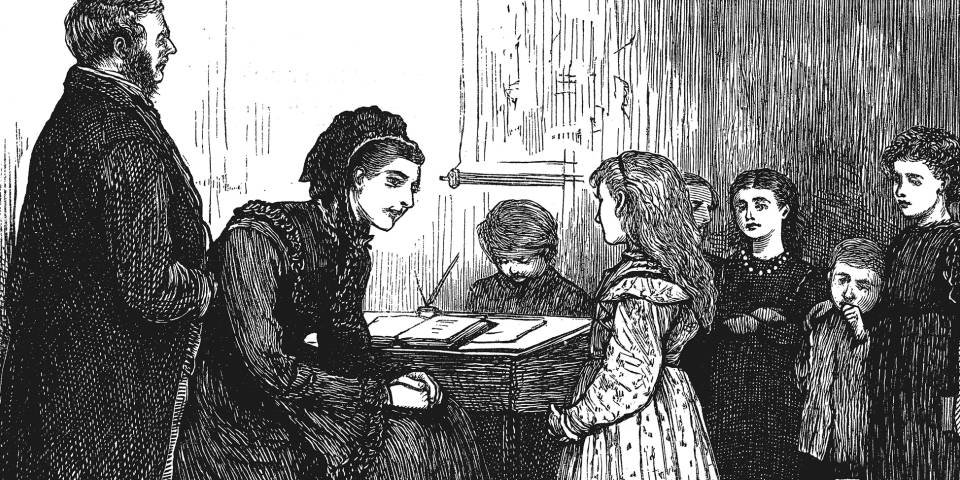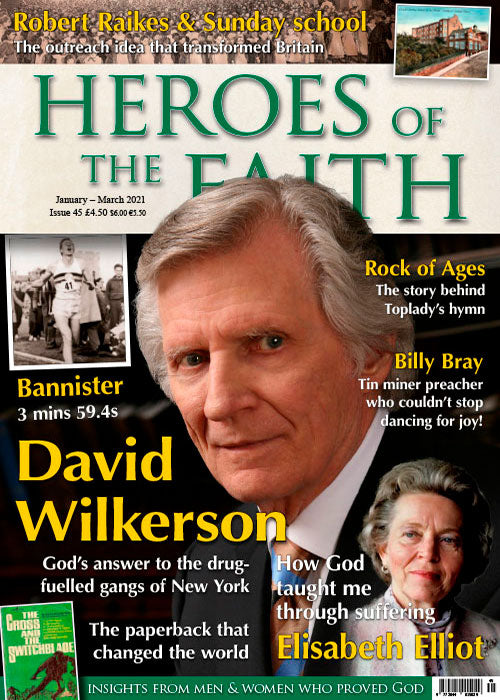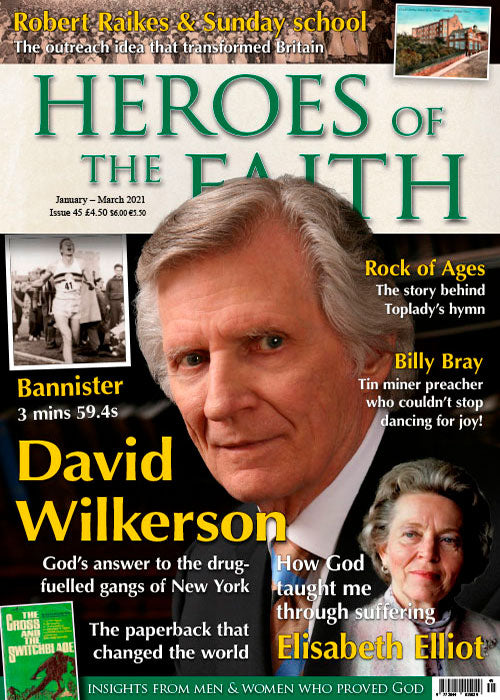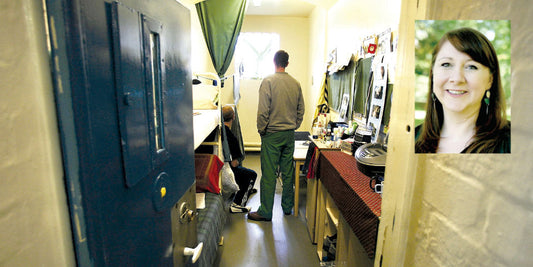
Robert Raikes – The man who ‘invented’ Sunday school
Sunday schools were certainly not original to Robert Raikes, but he put them on the map.
Through his diligent promotion the movement took off until a quarter of all the children in the country were enrolled...
Like so many innovations that transformed the moral and spiritual climate of Britain, Sunday schools were a product – albeit indirectly – of the evangelical awakening that shook the country in the 18th century. In ‘A Short History of the English People,’ the Oxford historian, John Richard Green, writes: “A yet nobler result of the religious revival [of the 18th century] was the steady attempt, which has never ceased from that day to this, to remedy the guilt, the ignorance, the physical suffering, the social degradation and the poor.
“It was not until the Wesleyan impulse had done its work that this philanthropic impulse began. The Sunday schools established by Mr Raikes of Gloucester at the close of the century were the beginnings of popular education.”
Although Sunday schools were not original to Robert Raikes – they were in existence many years before he started his first in 1780 – it was he who put them on the map and whose efforts gave huge momentum to the movement in Britain. Hence, when in 1880 a statue was erected on Victoria Embankment in London to celebrate the centenary of the Sunday school movement, the statue featured Robert Raikes.
... story continues








